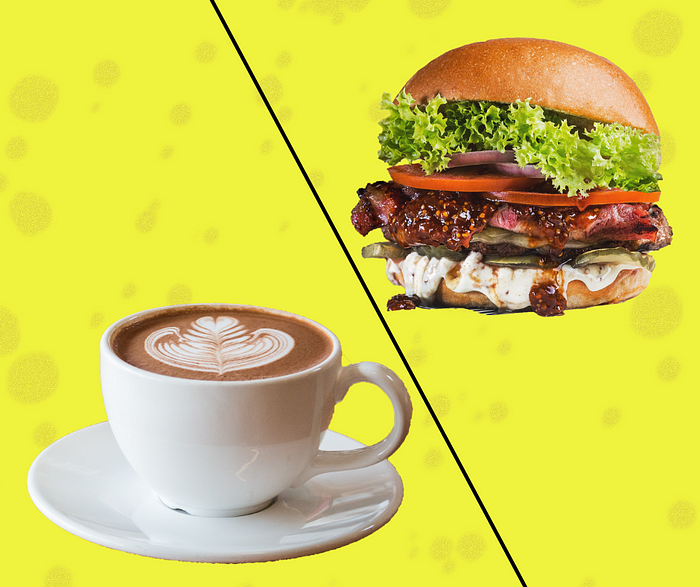Revitalizing Brands: Lessons from Burger King and Tim Hortons
Written on
Understanding Customer Frustrations
For two years, I observed how both Burger King and Tim Hortons managed to recover from their sales downturns.
"Eliminate the frustrations your customers face."
The key is to break free from the crowd mentality and prevent a drastic decline in sales. When customers are faced with too many choices, it often leads to confusion and abandonment of their purchases. A seller might think, “They've left the cart,” but in reality, the customer is overwhelmed.
When customers experience frustration at checkout, it triggers a rational thought process that often leads to lost sales.
Tim Hortons: A Turnaround Story
Just two years ago, I wouldn’t be seen near a Tim Hortons. The reasons? Annoying upselling practices when all I wanted was my receipt, frustrations with a convoluted coffee ordering process, and unnecessary menu changes that left many scratching their heads.
These complications contributed to a significant drop in sales. However, Tim Hortons has seen a resurgence. What changed? A strategic partnership with Justin Bieber.
With the introduction of the Biebs Brew, a comprehensive drink option that eliminates the need to specify sugar or cream quantities, simplicity has triumphed. This straightforward approach has made the purchasing process smoother, ultimately benefiting the bottom line.
Back to Basics
Tim Hortons’ marketing team has returned to its roots. After a series of costly and confusing menu experiments, the focus is now on catering to customer preferences. The strategy emphasizes offering what customers truly desire without chasing fleeting market trends like the latest plant-based burger.
Key Takeaway:
Create a complete product offering. Avoid basic items that require add-ons. Regularly update your offerings based on customer input and prioritize simplicity to expedite the checkout experience.
Burger King's Marketing Chaos
In contrast, Burger King’s marketing strategy resembles a chaotic scene at meal time. Naturally, they’ve struggled to retain consumer favor.
Despite their creative attempts, such as a poorly received Pride campaign, their marketing efforts have often felt disorganized.
However, they have found a silver lining by honing in on their flagship product—the Whopper. Each advertisement prominently features this burger, moving away from distractions like the Bacon Cheeseburger or Mix and Match deals.

Yet, the effectiveness of these campaigns remains underwhelming. The issue lies in their tendency to associate the Whopper with various themes without a clear focus.
Key Takeaway:
Highlight your best-selling items. Limit overwhelming choices by retiring low-performing offers and ensure that marketing associations are meaningful. Avoid chasing trends without a coherent brand purpose.
Want More?
Thank you for engaging with this article.
© Article Written by Annie Wegner 2022-Present.
For just $5/month or $50/year, you can gain access to more insightful articles aimed at helping you achieve your financial and relational aspirations. Your membership will support your journey. Unlock additional content with this link.